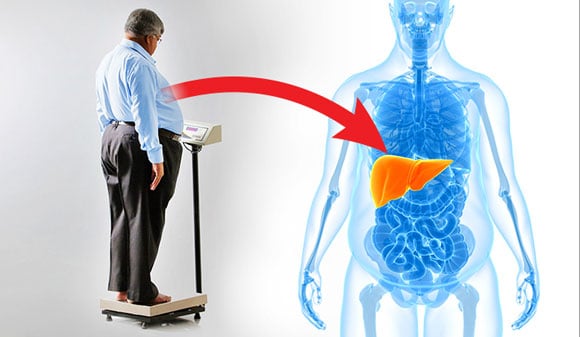
Obesity in the US is strongly associated with fatty liver disease. A recent study by Yale University identifies molecular links between the two, suggesting a potential therapy.
The high levels of obesity in the United States contribute to fatty liver disease, the most common form of liver disease. A newly published study from Yale University identifies molecular links between the two, and points to a possible therapy.
Fatty liver disease — also known as nonalcoholic steatohepatitis or NASH — frequently progresses to cirrhosis and liver cancer. Currently there are no approved therapies. A team of researchers, led by Dr. Wajahat Mehal, director of the Yale Weight Loss Program, conducted a study to examine how obesity triggers a receptor protein, TLR9, which plays a key role in NASH development.
First, the researchers confirmed the role of TLR9 by observing that TLR9-deficient mice did not develop fatty liver disease even after being fed a high-fat diet. They also identified the ligands, or TLR9-activating molecules, that are elevated in both mice and human subjects with NASH. Finally, in collaboration with Dynavax Technologies, they tested a TLR9 blocker in mice fed a high-fat diet and found that it protected them from the development of NASH.
The findings have important implications for this life-threatening disease. “TLR9 could be targeted as therapy for NASH,” said Mehal, adding that other drugs that target the same pathway could be potential therapies.
“From other clinical trials, we know humans can take this TLR9-blocking drug, and it’s not toxic,” he said. The next step for Mehal and his colleagues is to determine the appropriate dosage of the TLR9-blocking drug in animal models before conducting clinical trials for patients with NASH.
The study was published January 25 in The Journal of Clinical Investigation. Mehal can be contacted at [email protected].
Reference: “Hepatocyte mitochondrial DNA drives nonalcoholic steatohepatitis by activation of TLR9” by Irma Garcia-Martinez, Nicola Santoro, Yonglin Chen, Rafaz Hoque, Xinshou Ouyang, Sonia Caprio, Mark J. Shlomchik, Robert Lee Coffman, Albert Candia and Wajahat Zafar Mehal, 25 January 2016, The Journal of Clinical Investigation.
DOI: 10.1172/JCI83885


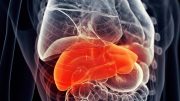
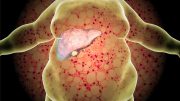
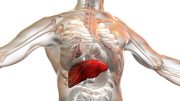

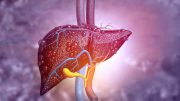
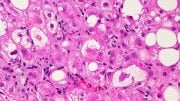
Fatty liver disease is an automatic corollary of Obesity for anyone. If TLR9 blocking drug can cure fatty liver it can automatically cure obesity also. Generally any amount of dieting may help but only temperarily the weight loss and the regimen should be strictly followed all through the life. Thank You.